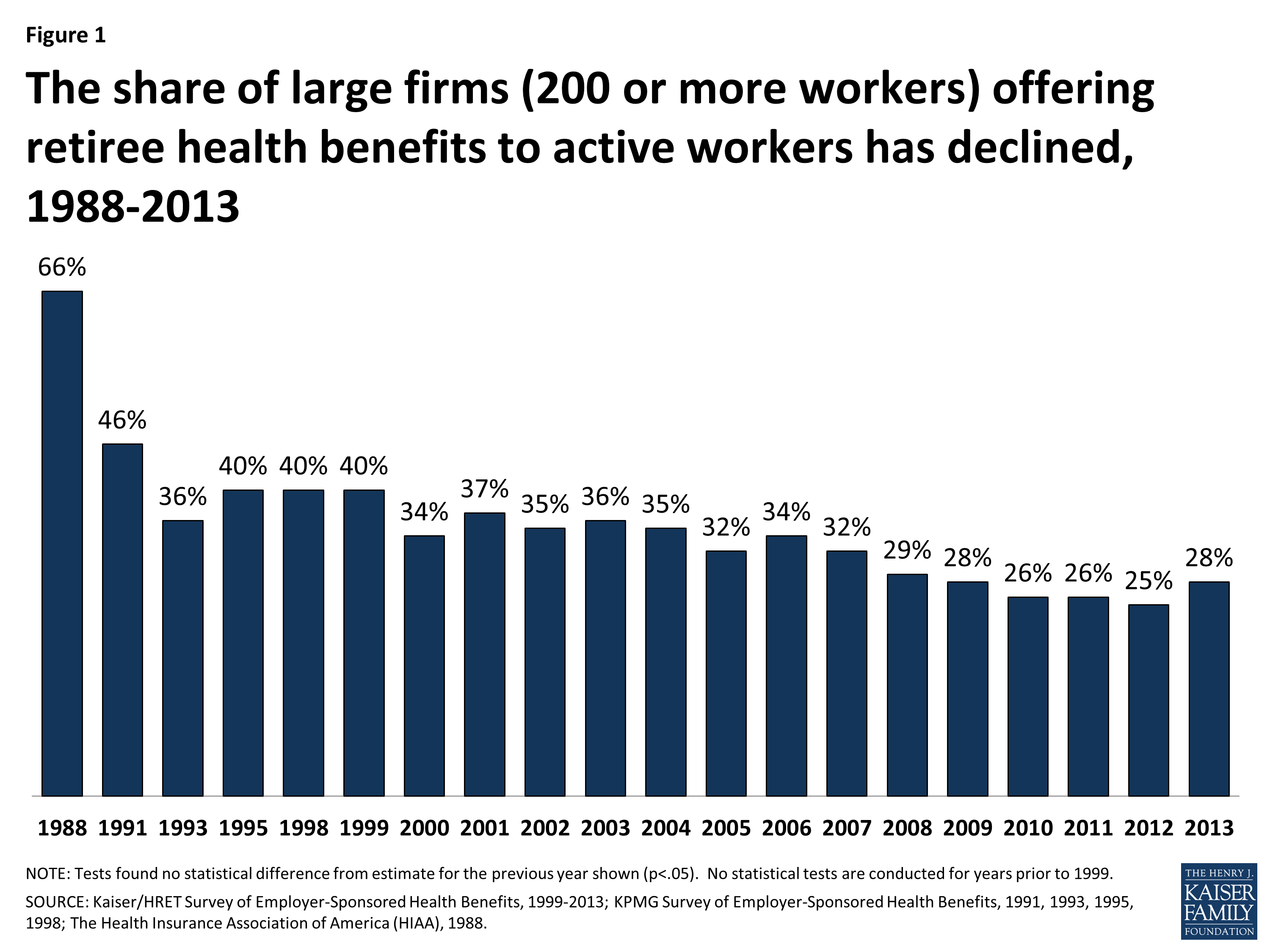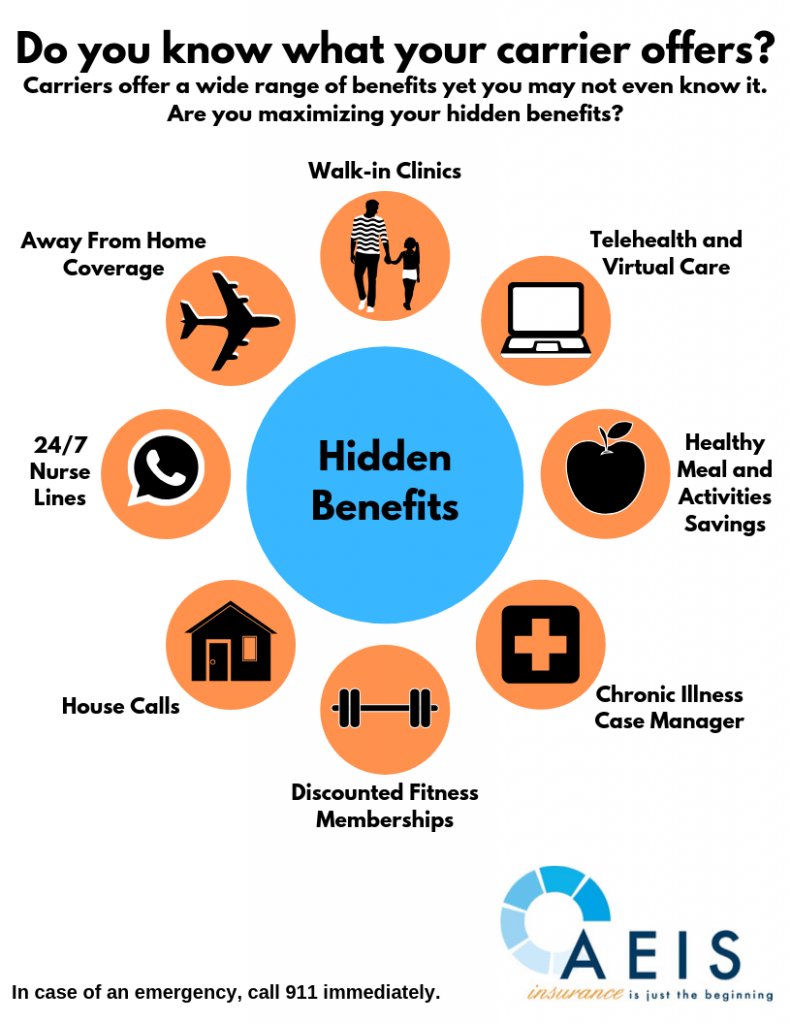All about Medicare Advantage Agent
All about Medicare Advantage Agent
Blog Article
How Medicare Advantage Agent can Save You Time, Stress, and Money.
Table of ContentsNot known Facts About Medicare Advantage AgentSome Ideas on Medicare Advantage Agent You Need To KnowMedicare Advantage Agent Can Be Fun For Anyone

follows from puzzling the relatively young age profile of the without insurance with the better health and wellness, usually, of more youthful persons. This obscures the web link between health status and health and wellness insurance policy. For those without access to work environment health insurance coverage, inadequate wellness is a possible barrier to purchasing nongroup coverage due to the fact that such insurance coverage might be extremely priced, leave out preexisting problems, or be merely inaccessible. The number of without insurance Americans is not specifically large and has not altered in recent years. 7 out of ten respondents in a nationally depictive survey assumed that less Americans lacked health and wellness insurance coverage than actually do(Fronstin, 1998). Roughly half(47 percent )thought that the number of individuals without health and wellness insurance coverage lowered or stayed constant over the last fifty percent of the last decade(Blendon et al., 1999). This drop of practically 2 million in the variety of people 'without insurance coverage (a decrease
of about 4 percent)is absolutely a favorable change. With a softer economic climate in 2000 the most up to date reported gains in insurance coverage might not continue(Fronstin, 2001 ). The decrease in the variety of without insurance will not proceed if the economic situation remains slow and healthcare costs continue to exceed inflation. This is because the data were gathered for a period of strong financial efficiency. Of the estimated 42 million people that were without insurance, just about concerning 420,000(concerning 1 percent)were under 65 years old, the age at which most Americans end up being qualified for Medicare; 32 million were grownups in between ages 18 and 65, around 19 percent of all adults in this age; and 10 million were youngsters under 18 years of age, about 13.9 percent of all kids (Mills, 2000). These quotes of the variety of persons uninsured are produced from the yearly March Supplement to the Present Population Survey (CPS), performed by the Census Bureau. Unless or else noted, national price quotes of individuals without medical insurance and percentages of the populace with various kinds of coverage are based upon the CPS, one of the most widely used source of quotes of insurance policy protection and uninsurance rates. These surveys and the price quotes they produce are described briefly in Table B. 1 in Appendix B - Medicare Advantage Agent. These studies differ in dimension and sampling methods, the concerns that are inquired about insurance coverage
Things about Medicare Advantage Agent
insurance coverage, and the moment period over which insurance policy protection or uninsurance is measured(Lewis et al., 1998, Fronstin, 2000a ). Still, the CPS is especially valuable since it produces yearly price quotes reasonably swiftly, reporting the previous year's insurance protection approximates each September, and since it is the basis for a constant set of estimates for even more than two decades, permitting for analysis of patterns in insurance coverage over time.

Not known Details About Medicare Advantage Agent
Over a three-year duration beginning early in 1993, 72 million individuals, 29 percent of the united state population, were without protection for at the very least one month. Within a solitary year(1994), 53 million individuals experienced at the very least a month without protection(Bennefield, 1998a). Six out of every ten uninsured adults are themselves utilized. Although working does improve the possibility that one and one's member of the family will certainly have insurance policy, it is not a warranty. Even participants of family members with 2 full-time wage earners have virtually a one-in-ten possibility of being uninsured (9.1 percent without insurance rate)(Hoffman and Pohl, 2000 ). The partnership in between medical insurance and access to care is well established, as recorded later in this chapter. The relationship in between health insurance and wellness results is neither straight neither simple, a considerable scientific and wellness solutions study article source literary works web links health insurance protection
to improved access to care, better far betterHigh quality and improved enhanced and population populace wellnessStanding The second record, on personal health and wellness outcomes for uninsured grownups, is stood for by the innermost circle of the number, while the 3rd report, on household health, encompasses the subjects of the second report but emphasizes a various device of analysis, specifically, the family. The sixth report in the series will certainly present information about techniques and campaigns carried out in your area, statewide, or country wide to address the lack of insurance coverage and its damaging influences. Levels of analysis for analyzing the impacts of uninsurance. This discussion of medical insurance protection focuses mostly on the united state populace under age 65 due to the fact that basically all Americans 65 and older have Medicare or other public insurance coverage.
Furthermore, it concentrates especially on those with no health and wellness insurance for any type of size of time. The problems encountered by the underinsured are in some respects comparable to those faced by the uninsured, although they are normally much less extreme. Uninsurance and underinsurance, nevertheless, entail noticeably various policy problems, and the strategies for resolving them may differ. Throughout this research study and the 5 reports to follow, the primary emphasis is on persons with no wellness insurance coverage and thus no aid in paying for wellness treatment past what is available via charity and safeguard establishments. Wellness insurance coverage is a powerful aspect influencing receipt of treatment due to the fact that both clients and medical professionals react to the out-of-pocket rate of solutions. Health insurance policy, however, is neither necessary neither adequate to get to clinical services. The independent and straight effect of health
insurance coverage on access accessibility health wellness is well establishedDeveloped Others will obtain the healthcare they require even without health and wellness insurance coverage, by paying for it out of pocket or seeking it from suppliers that supply care cost-free or at very subsidized prices. For still others, medical insurance alone does not ensure invoice of treatment because of other nonfinancial obstacles, such as an absence of health care providers in their neighborhood, restricted access to transportation, illiteracy, or linguistic and social distinctions. Formal study regarding without insurance populaces in the United States dates to the late 1920s and very early 1930s when the Board on the Cost of Healthcare created a collection of records about funding physician workplace visits and hospitalizations. This concern became prominent as the varieties of clinically indigent climbed up throughout the Great Clinical depression. Empirical research studies consistently sustain the web link between accessibility to care and boosted wellness end results(Bindman et al., 1995; Starfield, 1995 ). Having a routine resource of care can be thought about a predictor of accessibility, instead of a direct measure of it, when health and wellness results are themselves used as gain access to signs. This expansion of the concept of accessibility dimension was made by the IOM Board on Keeping An Eye On Gain Access To to Personal Health Care Services(Millman, 1993, p. Whether parents are guaranteed appears to impact whether their see post kids get treatment along with just how much careeven if the kids themselves have coverage(Hanson, 1998). The wellness of moms and dads can affect their capacity to look after their children and the degree of household stress. Worrying about their youngsters's accessibility to care is itself a source of stress and anxiety for moms and dads. 3 phases try this web-site follow in this report. Phase 2 provides an introduction of exactly how employment-based medical insurance, public programs and individual insurance plan operate and interact to provide comprehensive but insufficient coverage of the U.S. population. This includes an evaluation of historical fads and public policies influencing both public and personal insurance policy, a discussion of the communications among the different kinds of insurance, and an evaluation of why individuals relocate from one program to another or end up

Report this page